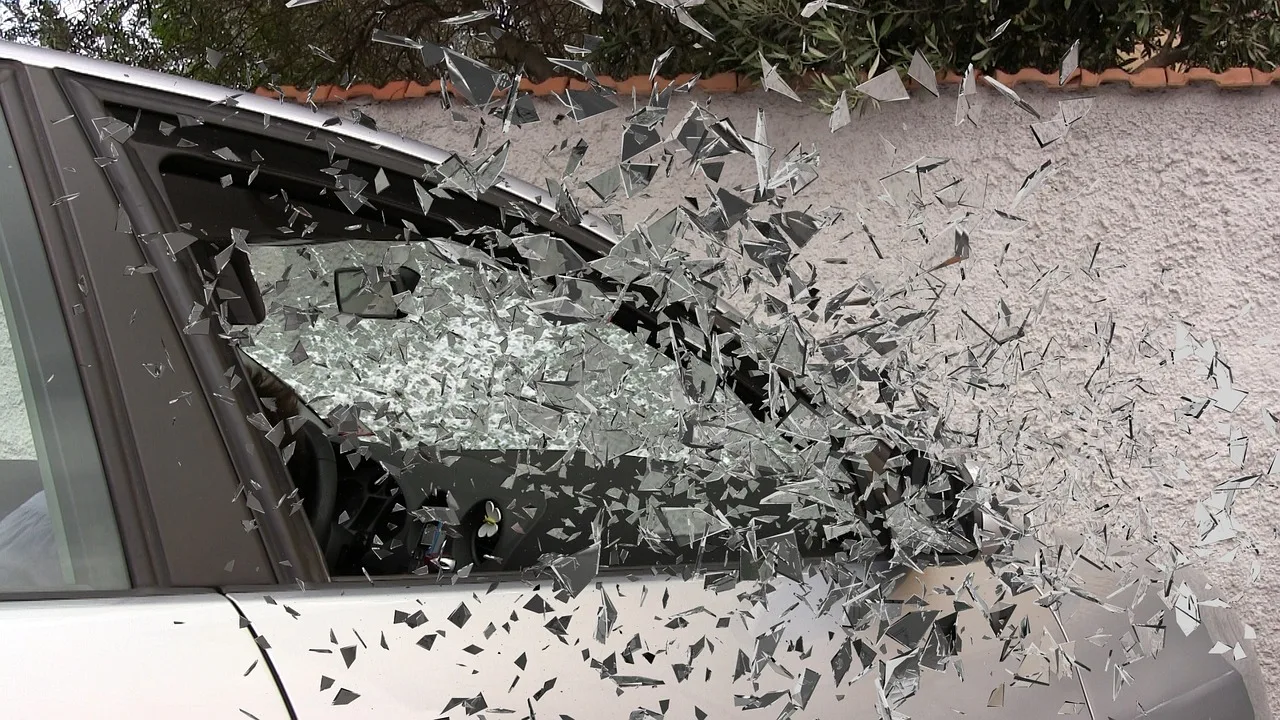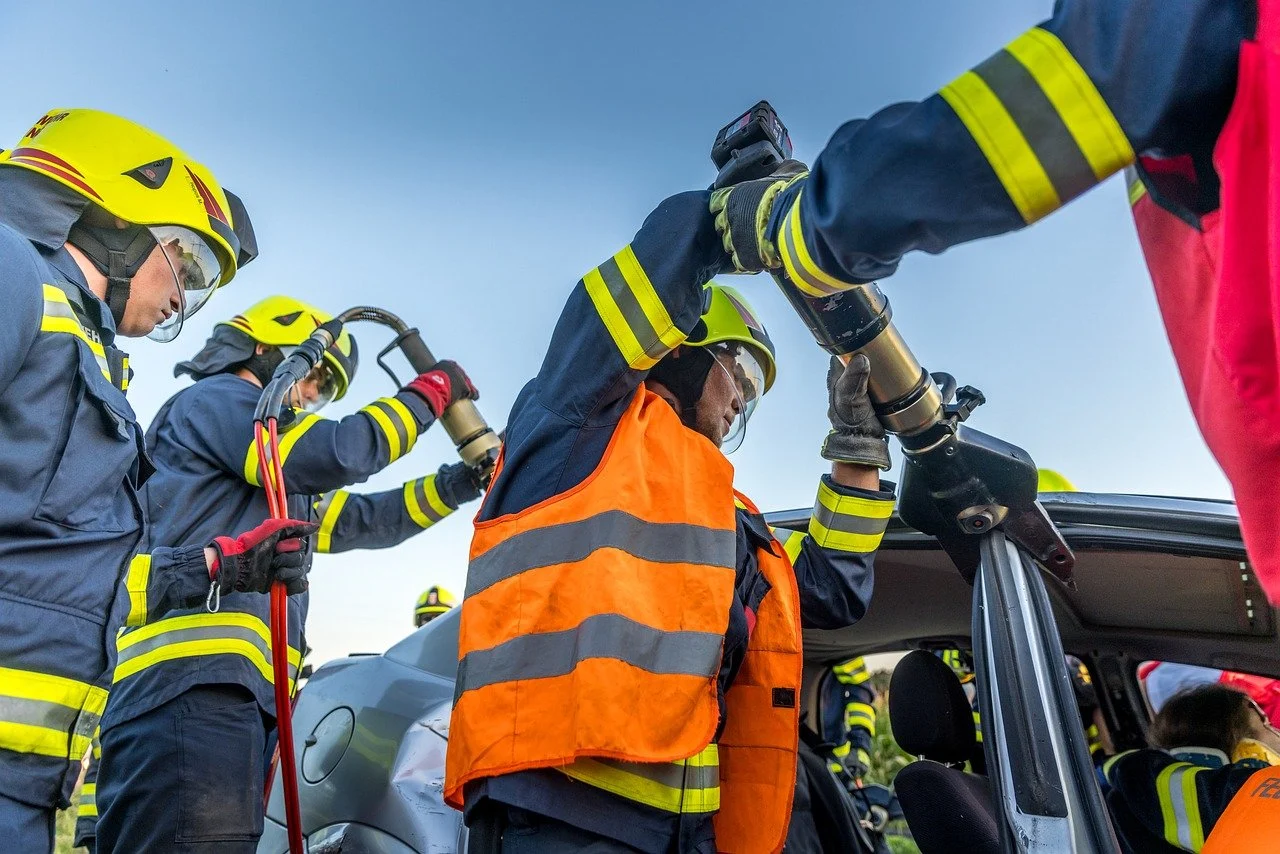Being involved in a car accident is a distressing experience, but when the other driver flees the scene, it adds a layer of shock and confusion. Hit-and-run accidents, where a driver involved in a collision leaves without providing contact information or offering assistance, can leave victims feeling vulnerable and unsure of what to do next. Understanding how to handle such a situation is crucial, not only for your safety and legal protection but also for ensuring that justice is served. In this blog post, we will explore the steps you should take immediately after a hit-and-run accident, how to gather crucial evidence, and what legal avenues are available to you.

Immediate Actions to Take After the Accident
The moments immediately following a hit-and-run accident are critical. Your priority should be your safety and the safety of any passengers. If your vehicle is still operational, move it to a safe location out of traffic. Once you’re in a secure place, check yourself and your passengers for injuries. Even if injuries seem minor, it’s important to seek medical attention, as some injuries may not manifest symptoms immediately. Calling emergency services should be your next step. Not only is this crucial for getting medical assistance, but it also ensures that the accident is officially documented by the authorities.
While waiting for the police to arrive, try to remain calm and avoid chasing the fleeing driver. This could put you at further risk and may complicate the situation. Instead, focus on gathering as much information as possible about the vehicle that hit you. If you can, note the make, model, color, and especially the license plate number of the other vehicle. Even partial information can be helpful. Additionally, take note of any distinguishing features of the car or driver. If there were witnesses, ask them to stay until the police arrive or get their contact information so they can provide statements later.
Legal and Insurance Considerations
Handling the aftermath of a hit-and-run accident involves navigating both legal and insurance challenges. If the fleeing driver is identified, they could face serious legal consequences, including fines, license suspension, and even jail time, depending on the severity of the accident and injuries involved. You may also have the option to pursue a civil lawsuit to recover damages not covered by insurance. This could include medical expenses, vehicle repairs, lost wages, and compensation for pain and suffering.
If the driver is not identified, your insurance claim becomes even more crucial. As mentioned earlier, uninsured motorist coverage can help cover your losses in a hit-and-run situation. It’s important to understand your policy and work closely with your insurance provider to ensure you receive the compensation you deserve. In some cases, you may need to hire an attorney, particularly if there are disputes over the claim or if your injuries are severe. Whether you are looking for a car accident lawyer in Conway, AR, or in any other place, they can help you understand your rights, negotiate with insurance companies, and, if necessary, represent you in court. It’s also important to consider the emotional and psychological impact of being involved in a hit-and-run. The experience can be traumatic, leading to anxiety, fear, and even symptoms of post-traumatic stress disorder (PTSD). Seeking support from friends, family, or a professional counselor can be beneficial in helping you cope with the aftermath of the accident.
Gathering Evidence
In any car accident, evidence plays a crucial role in insurance claims and legal proceedings, but it becomes even more vital in a hit-and-run. Once you’ve ensured your safety, start documenting the scene of the accident. Use your phone to take pictures of your car, the surrounding area, and any damage or debris left by the fleeing vehicle. Photograph any skid marks, broken glass, or other elements that could help piece together what happened. If your vehicle was hit while parked, try to determine where the vehicle could have gone and if any security cameras are nearby that might have captured the incident.
Witnesses are another valuable source of evidence. If anyone saw the accident, ask them for their account of what happened and whether they saw the vehicle that fled. Gather their contact details so they can provide a statement to the police or your insurance company if needed. Witness testimony can be crucial in identifying the responsible party, especially if they noted details you might have missed in the heat of the moment.
Reporting the Incident to Authorities
Once you’ve gathered all the necessary information, it’s time to report the incident to the authorities. When the police arrive, provide them with all the details you’ve collected. Be as precise and thorough as possible, as this will help them in their investigation. The police report will be an essential document when dealing with insurance companies or if the case goes to court. Make sure to get the report number and contact details of the responding officers so you can follow up if needed.
If the police are unable to come to the scene, you should still file a report at your local police station as soon as possible. Some jurisdictions require that you report a hit-and-run within a certain timeframe, and failing to do so can complicate your case. The report will also serve as a record that you acted responsibly after the accident.
In addition to filing a police report, notify your insurance company about the accident. Provide them with all the evidence you’ve collected and any police report details. Hit-and-run accidents can be complex when it comes to insurance claims, especially if the other driver is not identified. However, many insurance policies include coverage for hit-and-run accidents under uninsured motorist protection. Your insurance company will guide you through the claims process, but having a thorough police report and strong evidence will support your case.
Preventive Measures
While it’s impossible to predict or prevent every accident, there are steps you can take to protect yourself and minimize the risks. Installing a dash cam in your vehicle is one proactive measure that can provide crucial evidence in case of a hit-and-run. Additionally, always be aware of your surroundings when driving or parking. Choose well-lit, busy areas to park your vehicle, as these are less likely to be the scenes of hit-and-run incidents.
Finally, consider reviewing your insurance policy to ensure you have adequate coverage in the event of a hit-and-run. Understanding what is and isn’t covered can save you a lot of stress if you ever find yourself in such a situation. While we all hope never to experience a hit-and-run, being prepared can make a significant difference in how you handle the incident and recover from it.

Being involved in a hit-and-run accident is an unsettling experience, but knowing how to respond can make all the difference in protecting yourself and ensuring justice is served. From immediate actions and gathering evidence to dealing with legal and insurance issues, being informed and prepared is key. While you may not be able to control the actions of others on the road, you can take steps to safeguard yourself and your rights. Remember, staying calm, collecting as much information as possible, and working closely with the authorities and your insurance company are your best strategies for navigating the aftermath of a hit-and-run accident.

Jessi is the creative mind behind The Coffee Mom, a popular blog that combines parenting advice, travel tips, and a love for all things Disney. As a trusted Disney influencer and passionate storyteller, Jessi’s authentic insights and relatable content resonate with readers worldwide.
